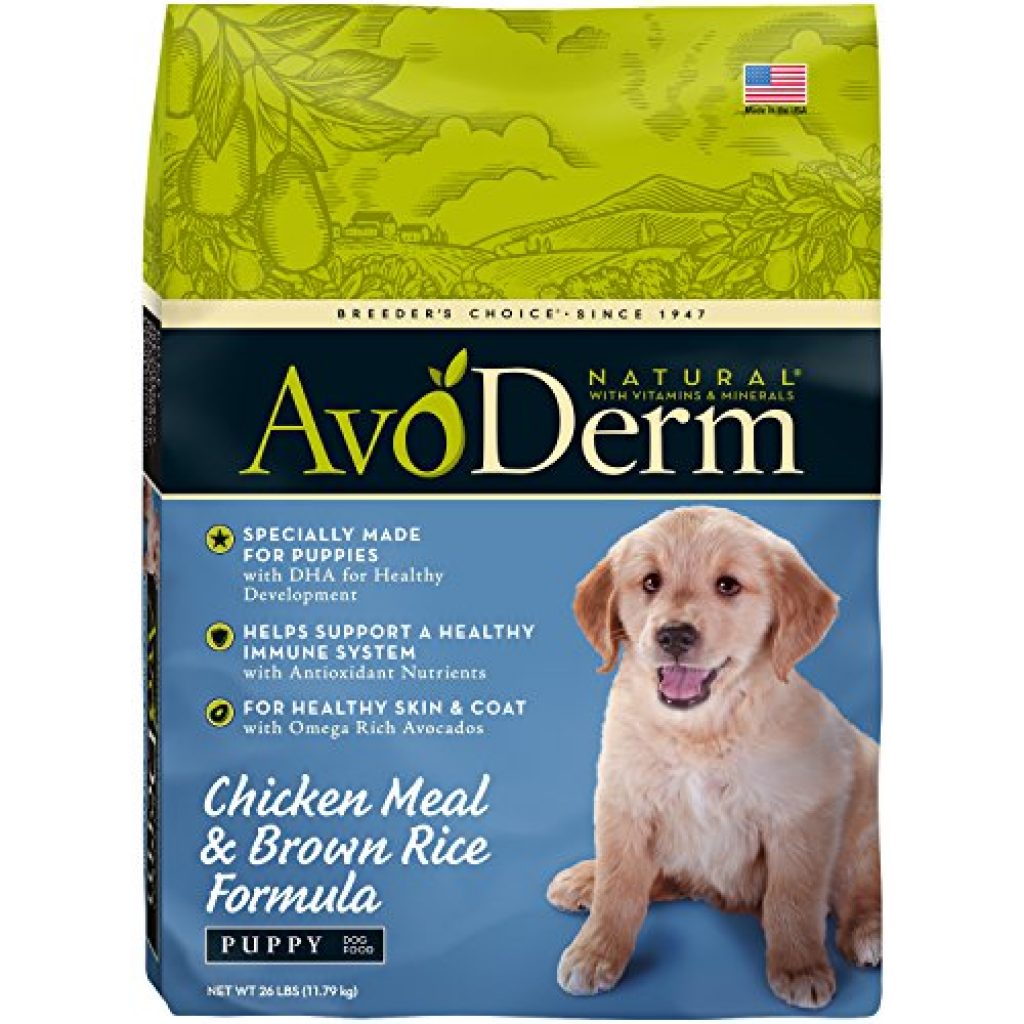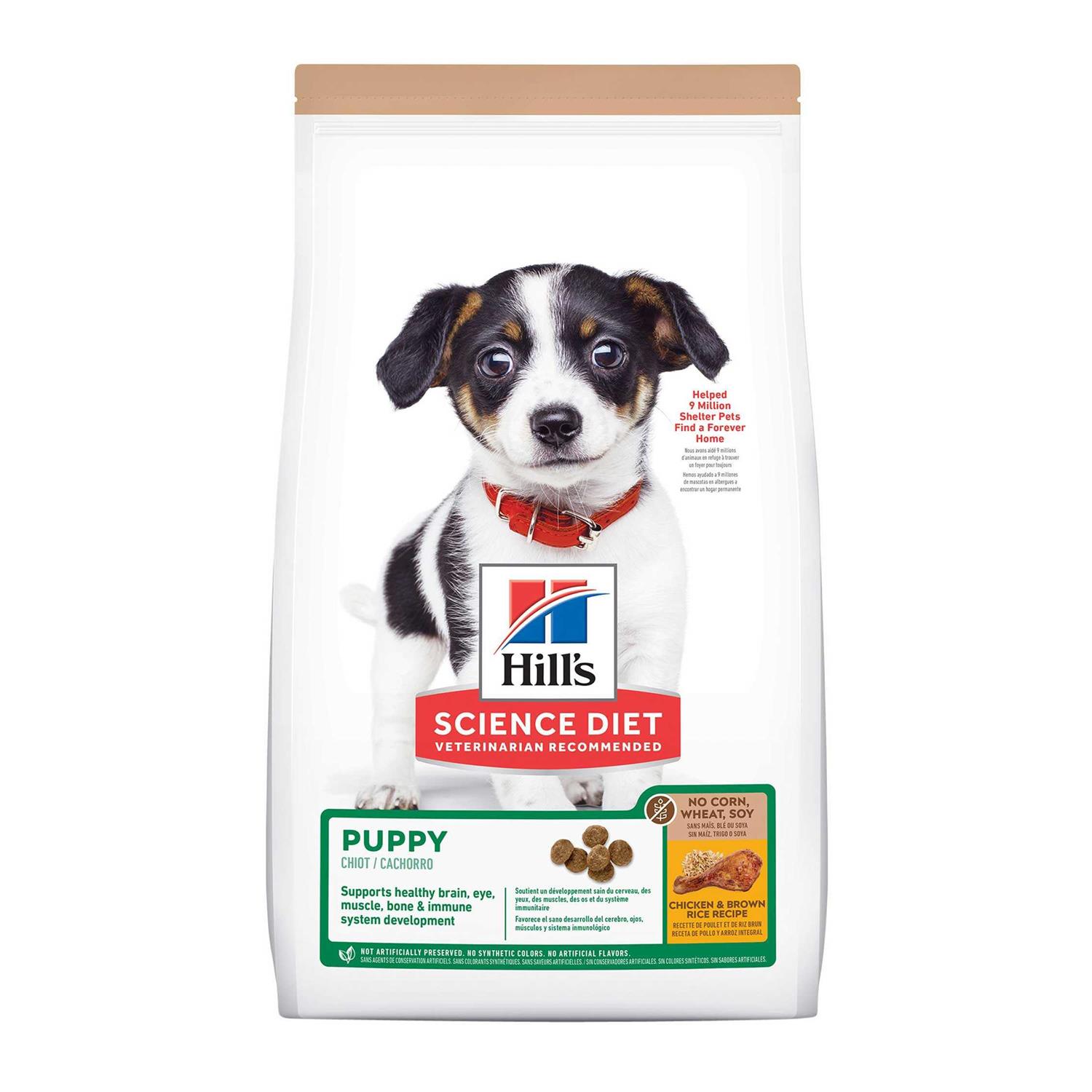
The Ultimate Guide to Puppy Food: DHA and Corn-Free Options for Optimal Development
Bringing a new puppy into your life is an incredibly rewarding experience. As a responsible pet owner, you want to provide your furry friend with the best possible start in life, and that begins with their diet. Choosing the right puppy food can have a profound impact on their growth, development, and overall health. This guide will focus on two crucial aspects of puppy nutrition: the importance of DHA and the benefits of choosing a corn-free formula.
Why Puppy Food Matters
Puppies have unique nutritional needs that differ significantly from adult dogs. They require a diet that’s rich in protein, healthy fats, and essential vitamins and minerals to support their rapid growth and development. High-quality puppy food is specifically formulated to meet these requirements, ensuring that your puppy gets everything they need to thrive.
The Power of DHA for Puppy Brain Development
Docosahexaenoic acid (DHA) is an omega-3 fatty acid that plays a critical role in brain and eye development. It’s particularly important for puppies, as their brains are developing rapidly during the first few months of life.
What is DHA?
DHA is a type of omega-3 fatty acid found in cold-water fish, such as salmon, tuna, and herring. It’s also available in some plant-based sources, like algae.
Why is DHA Important for Puppies?
- Brain Development: DHA is a major structural component of the brain and is essential for proper cognitive function. Studies have shown that puppies fed diets rich in DHA perform better on learning and memory tests.
- Vision Development: DHA is also a key component of the retina, the light-sensitive tissue in the eye. Adequate DHA intake is crucial for optimal vision development in puppies.
- Immune System Support: DHA has been shown to have anti-inflammatory properties and can help support a healthy immune system.
How Much DHA Does My Puppy Need?
The Association of American Feed Control Officials (AAFCO) recommends that puppy food contain a minimum of 0.05% DHA on a dry matter basis. However, some experts believe that higher levels of DHA may be even more beneficial.
Finding Puppy Food with DHA
When choosing puppy food, look for products that list DHA on the ingredient list or guaranteed analysis. Common sources of DHA in puppy food include fish oil, fish meal, and algae meal.
The Case for Corn-Free Puppy Food
Corn is a common ingredient in many commercial dog foods, but it’s not necessarily the best choice for puppies. While corn can provide some nutrients, it’s often used as a filler ingredient and can be difficult for some dogs to digest.
Why Choose Corn-Free Puppy Food?
- Digestibility: Corn can be difficult for some puppies to digest, leading to gastrointestinal upset, such as diarrhea or vomiting.
- Allergies and Sensitivities: Corn is a common allergen for dogs. If your puppy has allergies or sensitivities, a corn-free diet may help alleviate their symptoms.
- Nutrient Density: Corn is not as nutrient-dense as other ingredients, such as meat, vegetables, and fruits. A corn-free diet allows for more of these nutrient-rich ingredients.
- Better Quality Ingredients: Corn is often used as a cheap filler. Corn-free diets tend to prioritize higher quality ingredients that offer more nutritional value.
Potential Problems with Corn in Puppy Food
- Allergic Reactions: Corn can trigger allergic reactions in some puppies, leading to skin problems, digestive issues, and other health problems.
- Digestive Issues: Corn is high in carbohydrates, which can be difficult for some puppies to digest. This can lead to bloating, gas, and diarrhea.
- Nutritional Deficiencies: Corn is not a complete source of nutrients and can contribute to nutritional deficiencies if it makes up a large portion of your puppy’s diet.
What to Look For Instead of Corn
When choosing a corn-free puppy food, look for products that use alternative carbohydrate sources, such as:
- Rice
- Oats
- Barley
- Potatoes
- Sweet Potatoes
- Peas
- Lentils
These ingredients are generally easier for puppies to digest and provide more nutritional value than corn.
Choosing the Right Puppy Food: A Step-by-Step Guide
Now that you understand the importance of DHA and the benefits of a corn-free diet, let’s go through the steps of choosing the right puppy food for your furry friend:
- Read the Label Carefully: Pay attention to the ingredient list, guaranteed analysis, and feeding guidelines.
- Look for High-Quality Protein: The first ingredient should be a named meat source, such as chicken, beef, or fish.
- Ensure Adequate DHA: Look for DHA listed on the ingredient list or guaranteed analysis.
- Avoid Corn, Wheat, and Soy: These are common allergens and fillers that can be difficult for some puppies to digest.
- Choose a Reputable Brand: Research different brands and read reviews to find one that’s known for producing high-quality puppy food.
- Consider Your Puppy’s Individual Needs: If your puppy has any specific health concerns or allergies, talk to your veterinarian about the best diet for them.
Transitioning to a New Puppy Food
When switching your puppy to a new food, it’s important to do so gradually to avoid digestive upset. Here’s a suggested transition schedule:
- Days 1-2: Mix 25% of the new food with 75% of the old food.
- Days 3-4: Mix 50% of the new food with 50% of the old food.
- Days 5-6: Mix 75% of the new food with 25% of the old food.
- Day 7: Feed 100% of the new food.
If your puppy experiences any digestive upset during the transition, slow down the process or consult with your veterinarian.
Conclusion
Choosing the right puppy food is one of the most important decisions you’ll make for your new furry friend. By prioritizing DHA for brain and eye development and opting for a corn-free formula, you can help your puppy thrive and reach their full potential. Remember to read labels carefully, choose a reputable brand, and transition to new food gradually. With the right diet, your puppy will be well on their way to a happy, healthy life!

